“ As mad as a March hare” so the old saying goes and at this time of year they certainly seem to be a little bonkers with their racing around, boxing and generally erratic behaviour. However, it isn’t spring madness but sex that is on their minds – rather than being ‘a little bonkers’ it is their desire for a little bonking that drives them to the verge of insanity.

Here in the secret valley, as elsewhere, the hare population in some years is greater than others. It looks as if 2022 is going to be a good year for them for there were eight in the field by our house a couple of days ago. This gave great opportunities to watch them from relative comfort as they hurled themselves at one another and galloped around the field at great speed. Of course, as soon as I reached for the camera they disappeared almost as if they thought that filming hare porn was rather distasteful and embarrassing. After a while I realised there was one keeping well-hidden watching me.

This ability to disappear has over the years given rise to many superstitions and old wives’ tales. They were thought to have mystical properties too and I did on one occasion experience this myself. I was visiting the ancient, subterranean earthwork, New Grange in Ireland. If ever you were going to have a mystical experience it would be here for you enter the tomb by a long, low and very narrow passageway before entering a large stone chamber. With almost no natural light it takes a while for your eyes to grow accustomed to the semi-darkness. The friend that I was with said that she thought she’d fleetingly seen two hares which, of course, was impossible for we were blocking the only exit. Back outside, we came to the spot where the two hares should be and there, at our feet they rested, two baby leverets, completely unafraid of our presence.

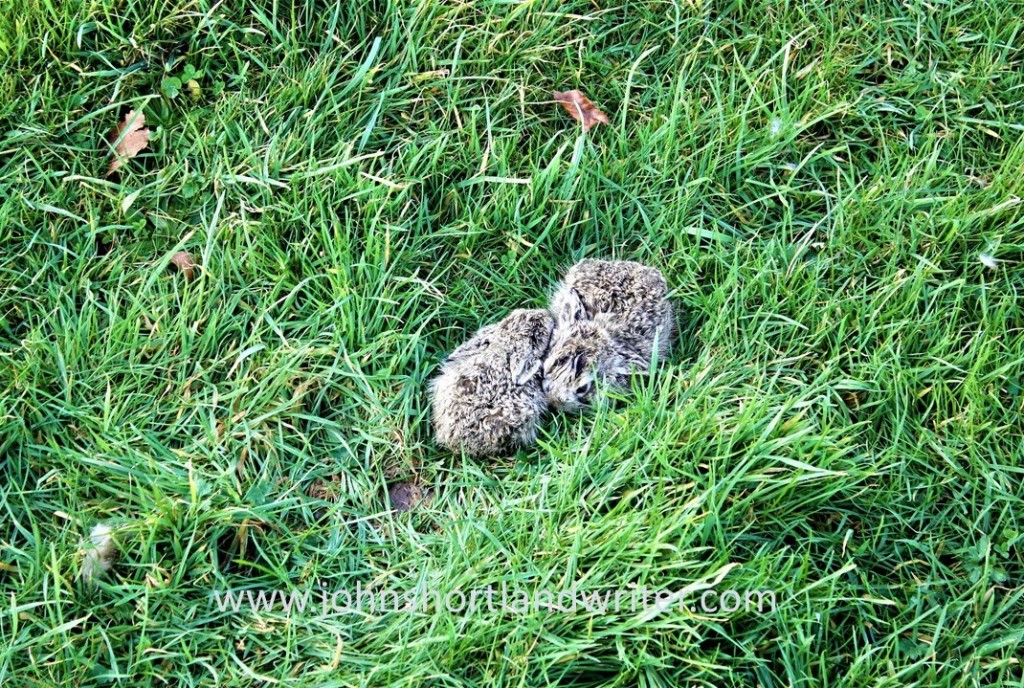
The hare has been revered and feared in equal measure throughout the world. It was considered an ill-omen to meet one upon the road; there are myths concerning the cycles of the moon and the hare both connected to lunacy. It has been much connected with ancient art and can be found in prehistoric rock paintings; in England in the Cotswold town of Cirencester (originally a Roman town known as Corinium) we have the magnificent Roman Hare mosaic now on display in the local museum (link here). Discovered fifty years ago, it dates from 400AD and shows the animal feeding.


Hares are considered to be very nervous and flighty animals that also have the capacity to do huge amounts of damage if they should enter gardens or orchards. Some years ago, one took up residence in a garden I cared for and I found, at least in this instance, that this was quite untrue. Admittedly, if anyone entered the garden it would quickly hide but It accepted me as part of the garden and would hop around my feet quite happily. It must have been feeding within the garden but I never found this to be a problem. It is always a huge privilege when a wild creature trusts you and to be able to observe one at such close quarters especially so. I always hoped it would raise a family there but I was more than satisfied with having just the one.
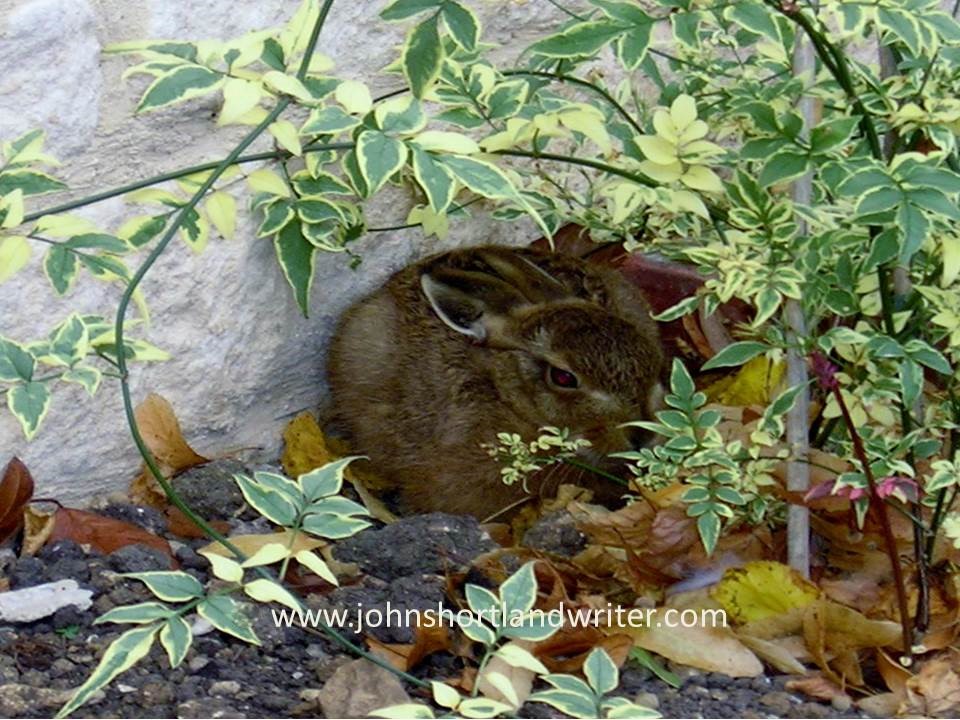

‘My’ recent hares finally couldn’t resist returning to their antics. Outrunning one another with their great speed and ultra-quick turns they, at last, didn’t notice me reaching for the camera. Although tricky to capture on film I finally succeeded. As I did so, I thought of the thirteenth-century poem that I was supposed to recite to avoid bad luck. The Names of the Hare, written in Middle English, lists seventy-eight names – With no memory for lengthy poems, I had to rely upon my previous friendship with the hare and the hope that would hold me in a special, protected place. It seems to have done so but just as the myths claim, today when I went to bid them ‘good-day’, not a hare was in sight.



.






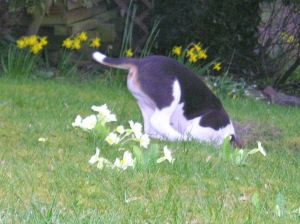

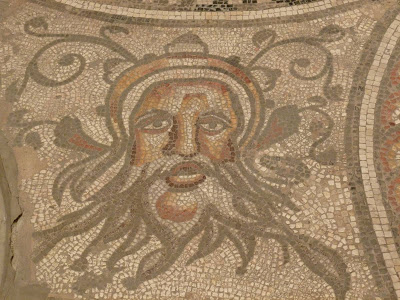
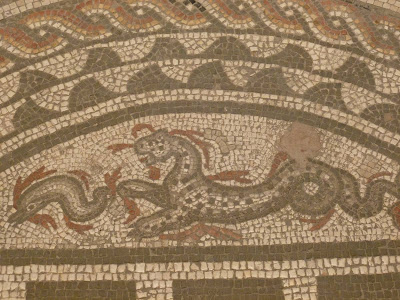
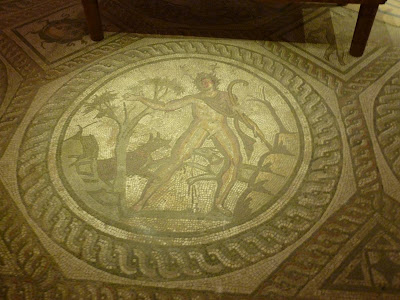

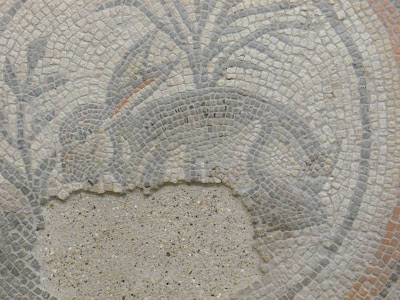

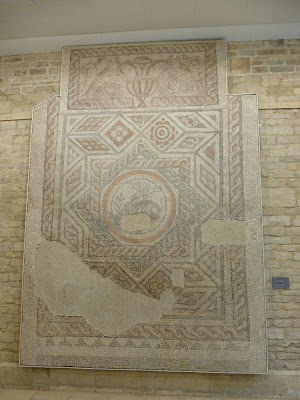
 winter sunshine on silver birch
winter sunshine on silver birch
 Fallow Deer – one of the larger species of deer to be found in England and quite common throughout the country. But like all deer, despite their size, they are remarkably difficult to see and watch. When I lived in the Chiltern Hills, 50 miles to the east of the secret valley, they grazed the field close to my windows, making watching easy. Here, we see them occasionally from the cottage – yesterday was one of those days. In winter, their coats lose their lovely dappled spots and become quite dark – the two pictures below show this, the lower one being taken last summer.
Fallow Deer – one of the larger species of deer to be found in England and quite common throughout the country. But like all deer, despite their size, they are remarkably difficult to see and watch. When I lived in the Chiltern Hills, 50 miles to the east of the secret valley, they grazed the field close to my windows, making watching easy. Here, we see them occasionally from the cottage – yesterday was one of those days. In winter, their coats lose their lovely dappled spots and become quite dark – the two pictures below show this, the lower one being taken last summer.
 The Red Kite is one of the great conservation success stories of recent times. Once so common they scavenged in the streets of London (and had a reputation for stealing hats off people’s heads to decorate their nests with. These days they often use plastic instead – the Kites, not the people, I mean, of course). By the 1970’s numbers were down to just a few pairs living in the remotest parts of Wales. A breeding and reintroduction programme started in the 1980’s centered on the village in the Chilterns where I lived. Soon they were a relatively common sight in that area but they have been slow to extend their range. Now we are seeing them much more frequently in the secret valley and they never fail to thrill. The full story of the Red Kite can be found on the Chilterns website
The Red Kite is one of the great conservation success stories of recent times. Once so common they scavenged in the streets of London (and had a reputation for stealing hats off people’s heads to decorate their nests with. These days they often use plastic instead – the Kites, not the people, I mean, of course). By the 1970’s numbers were down to just a few pairs living in the remotest parts of Wales. A breeding and reintroduction programme started in the 1980’s centered on the village in the Chilterns where I lived. Soon they were a relatively common sight in that area but they have been slow to extend their range. Now we are seeing them much more frequently in the secret valley and they never fail to thrill. The full story of the Red Kite can be found on the Chilterns website 
 This photo is most definitely poor quality – I only have a small ‘aim and fire’ camera and took this from an upstairs window. I am hoping to buy a more sophisticated camera with telephoto lenses very soon: another unexpected side effect of blogging has been a rekindled interest in photography. Who knows what will show up on this blog then?
This photo is most definitely poor quality – I only have a small ‘aim and fire’ camera and took this from an upstairs window. I am hoping to buy a more sophisticated camera with telephoto lenses very soon: another unexpected side effect of blogging has been a rekindled interest in photography. Who knows what will show up on this blog then? 



